After travelling for 10 months, we are stepping in Asia for the first time. We have never been in such a different environment, this goes from the food and the toilets to the culture!
We are not the only ones to be surprised, and in parts of Indonesia less visited by international tourists, we feel like celebrities. Without exaggeration, we were stopped over fifty times for photos and selfies with locals.
Indonesia is a huge country. Indeed, it is composed of more than 17,500 islands with very different lifestyles and natural environments. We could have easily spent 6 months exploring the country. However, the free tourist Visa being limited to one month, we visited only the islands of Bali and Java.
Bali
Coming from Australia, we landed in Bali with a direct flight of only a few hours. This charming island is by far the most touristic of Indonesia (visited especially by Australians taking advantages of the affordable cost of living). The island is also known for its cultural particularities. Indeed, in the country with the largest Muslim population in the world, the main religion on Bali is Hinduism.
Bali is also acclaimed for the architecture, cuisine and impressive dance shows. While there, we also tried yoga classes and Balinese massages.
Moreover, the landscapes are stunning: rice fields, beaches, waterfalls, islands, cliffs, volcanoes or jungle. There is something for everyone (with the sun as a bonus)!
In addition, our stay on Bali was another opportunity for us to explore the oceans. We were able to observe six-meter-long manta rays and dive for the first time around a shipwreck.
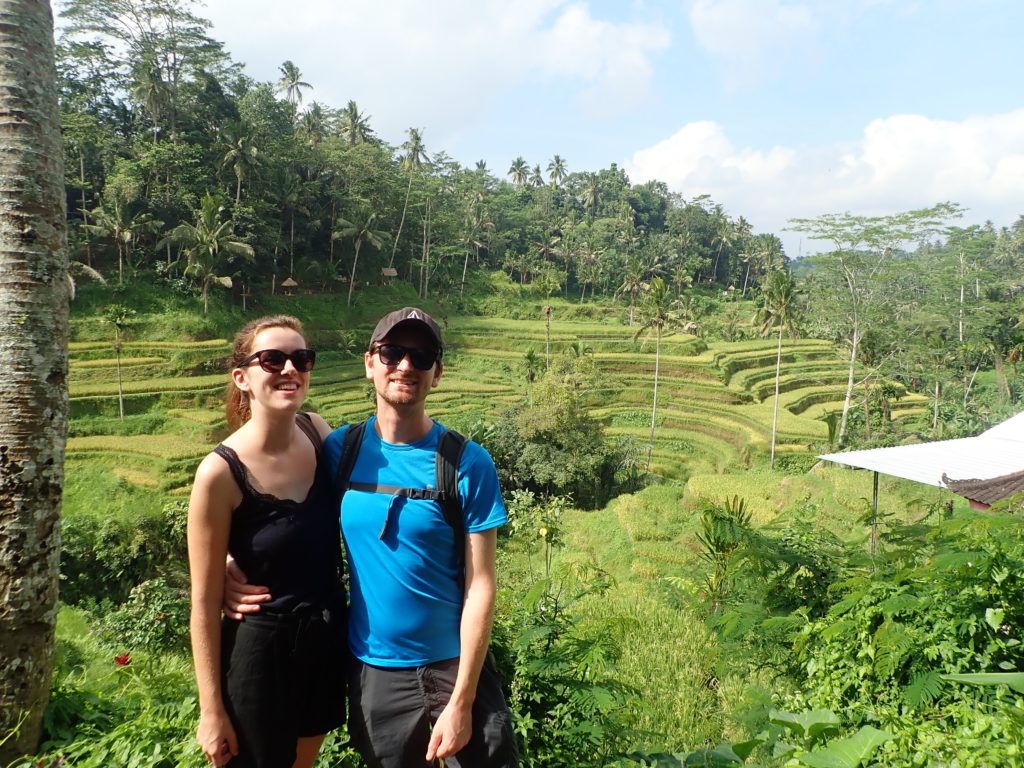
Java
After twenty days exploring Bali, we took the ferry over to Java. The island of Java is only a 30-minute ferry ride away, yet receives far fewer international tourists. Nonetheless, there are many Indonesian tourists and it is the centre of the country with the economic capital of Jakarta.
The major difference between Java and Bali is religion. Indeed, on the island of Java, we no longer find temples in every home and offerings in the streets but we can enjoy every day the beautiful singing from the Muslims call to prayer.
To begin with, we embarked on a real off the beaten track adventure in a national park.
Shall we take you in?
After being driven by a nice man met in a store (because the taxis were not interested in making this trip), we found out we were the only tourists in this small village. Here, 80% of the inhabitants are fishermen and 20% farmers. On site, the beach is so beautiful and deserted we can’t believe there are no 5 stars hotels!
The first night Poer, our host, had to go to the village to help prepare a religious celebration and he offers for us to join. The preparations are complicated but done in a very festive way. The traditional cake for big events is prepared in huge pots and requires to be stirred for 5 hours without interruptions. The men play cards and dominoes while smoking and the losers had to take over the next cake stirring shifts. The children, already in their pyjamas, had fun and run outside with firecrackers.
Plastic damage
We are shocked by the quantity of trash found everywhere since we arrived in Indonesia. The way waste is handle seems to be the consequence of lack of environmental awareness as well as a terrible deficiency in the facilities and policies in place.
We discovered this challenging reality at the same time as the news some Occidental countries are sending their waste to be processed in Asia (France in particular was incriminated). Asian countries have an overload of waste to recycle which sometimes end up being burned or thrown into the oceans. It is truly disgusting: the trash found in schoolyards or inside turtle stomachs here are actually ours!
It is our responsibility to drastically reduce our waste and change the way we consume. It’s not up to Fifi, on the other side of the world, to pick up our straw or water bottle.
We can no longer, in light of this information, give ourselves clear conscience because we recycle.
You might say:
-“Yes I still buy my water in plastic bottles, but I never throw it in nature and I sort carefully my recycling bin so that it does not impact the environment” This is not true, every bottle unfortunately has a chance to end up polluting the oceans.
-“It’s up to manufacturers to change their way of producing packaging and politicians to act, I am just one person in the system”. But if we continue to buy from them and give them money (so support them) why would they change?
Each of us has the power to make small adjustments and say “no to plastic” more often (which often leads to saving in the long run and could even improves our health and quality of life).

We then went cycling through the rice fields and gorgeous beaches. In the afternoon, we travelled to a protected beach for turtle preservation. The host warned us the accommodation was to be rudimentary as it is a government run program. We crossed the jungle and its many monkeys in an old rusty jeep (we even drove into rivers).

We finally arrived at what looked like an empty military camp. We were introduced to the English-speaking ranger and the only two other tourists staying overnight: two men from Jakarta. Everything seems empty except for the monkeys trying to get into the cars and rooms. Everyone left the for prayer and we began to wonder where we had landed in the middle of the jungle with no network.
Our driver, who to our great relief was also spending the night here, told us dinner was served and we were joined by the other two tourists who spoke perfect English and with whom we sympathised. After our simple but tasty meal, they took out a camping stove from their car and set up tea, coffee, fruit and tons of snacks. They invited us to join them, as well as our driver, and we waited together for the time where we were allowed to get to the beach to observe turtle nesting.
Once we were able to access the beautiful beach, we couldn’t use torches but with the full moon we enjoyed the landscape and the sounds of the waves.
After an hour and a half waiting in complete silence, the rangers informed us that they had spotted a turtle laying eggs. When we arrived the turtle was filling up the hole in which she has laid eggs, then dug another to lure the predators. The rangers measured it and marked the nest place. After many efforts, photographed by everyone, the turtle majestically returned to the sea. The rangers then retrieved the eggs and counted 109. They keep the eggs in the sand behind fences protected from predators who are systematically finding and destroying the nests. We have not managed to took very good photos but our Indonesian friends, who are video makers, have beautiful ones that they promised to send us. We rested for a few hours and left at dawn to release baby turtles from a nest rescued a few weeks ago. We released our six turtles one by one (five from green turtles and on olive turtle). Our olive turtle, smaller than the others, had a hard time reaching the water. Once out of the bucket and placed on the beach we were instructed not to touch the turtles again. Consequently we anxiously watched her heading in the wrong direction and being constantly dragged back with the waves. After a while our little turtle, named Franklin, managed to reach the ocean. Some of our turtles were still showing their heads and a little fin here and there as if to say one last goodbye before we finally lost sight of them. Unfortunately, only one in a thousand will survive to adulthood. This sad figure is due to predators but also to human actions affecting the oceans such as fishing and plastic pollution.
Before leaving the beach, we looked around and saw the waves had brought tons of plastic waste to this protected, remote and restricted to human beach. We decided to collect the many straws lying around because it made us sick to know our turtles may die by swallowing them. From there we started to frenetically pick up as much as we could carry and we were very happy to see the Indonesians joining the effort.
Our adventures on the Java island did not stop there, after this we travelled by train to the Bromo volcano (and its lunar landscape) as well as the cultural capital of Yogyakarta. There we visited the Sultan’s palace, forged silver travel wedding rings, attended dance and puppet shows and visited more temples. We especially enjoyed being at dawn at the Borobudur temple, which is one of the most beautiful Buddhist temple in the world, and the sunset and night show at the very impressive Hindu temples of Prambanan.
What is coming next?
The Java island is very large so, we only explored through half of it and flew from Yogyakarta to the city of Kuala Lumpur in Malaysia. Early August, we have a flight from Bangkok to India. Consequently, we will explore Malaysia and the North of Thailand next month (we are still unsure whether to make a detour via Cambodia or not, we will see if we have enough time). July is also Clémentine’s birthday (the 10th) and it will be our last month in Southeast Asia. Time flies and our return date is sadly getting closer!
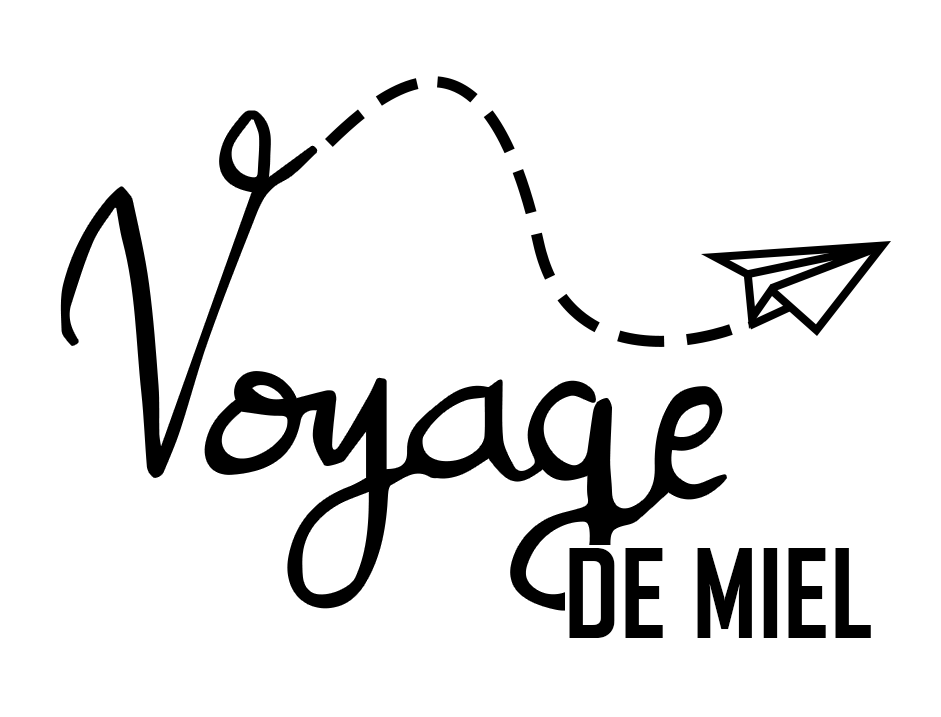
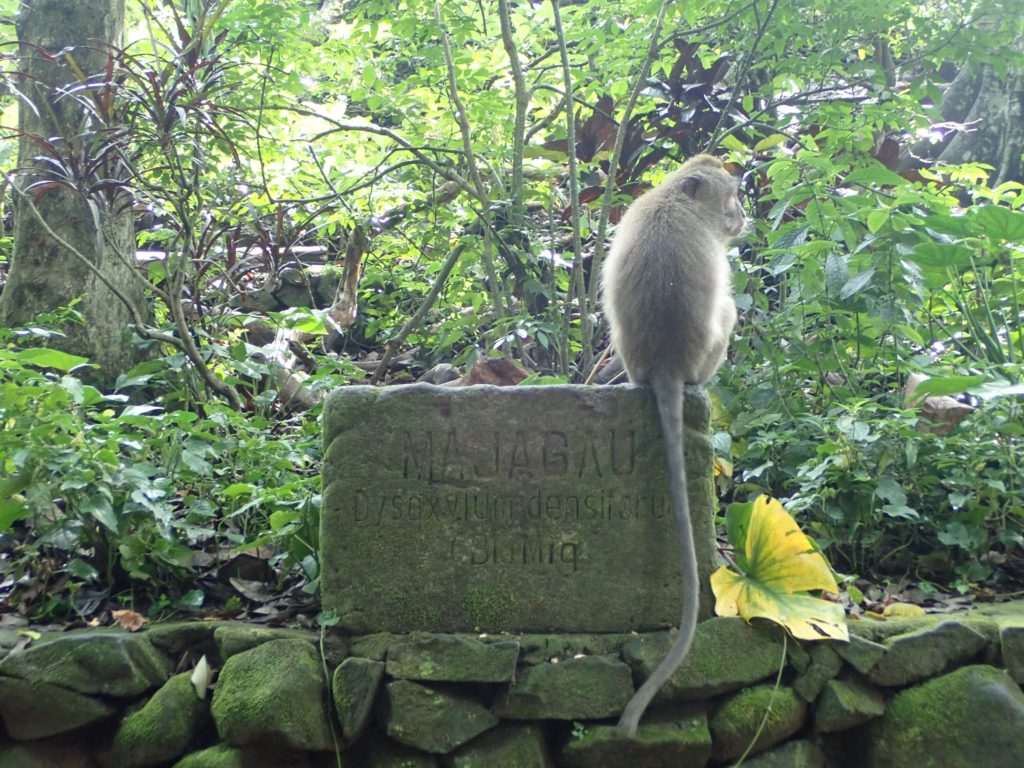
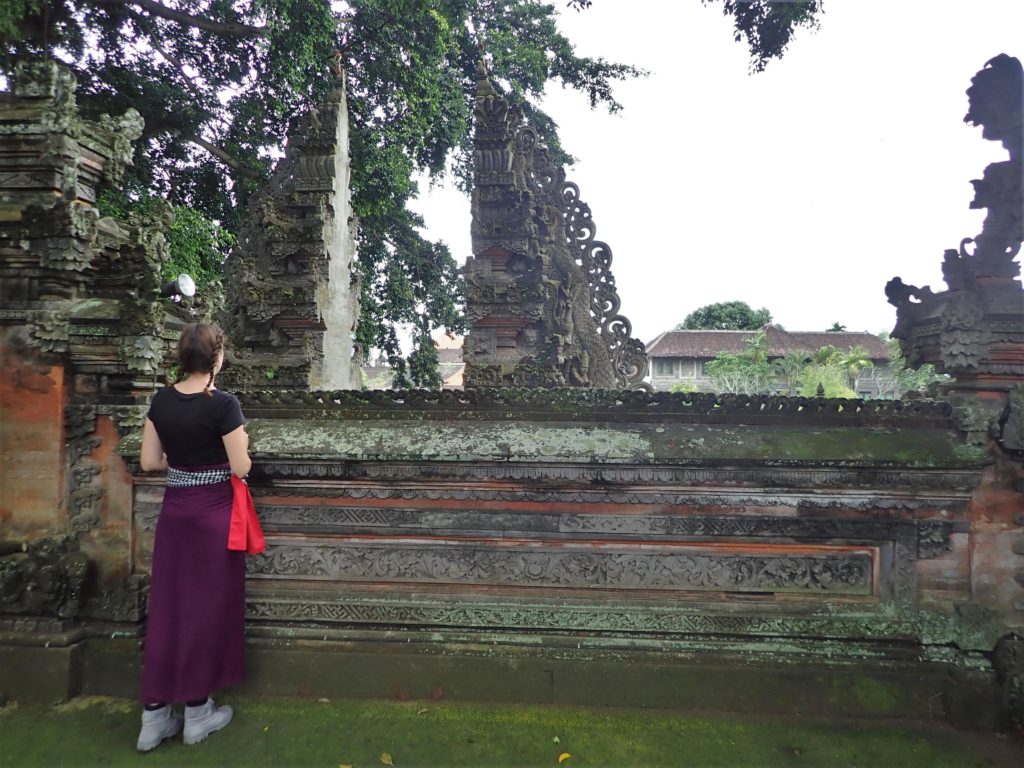
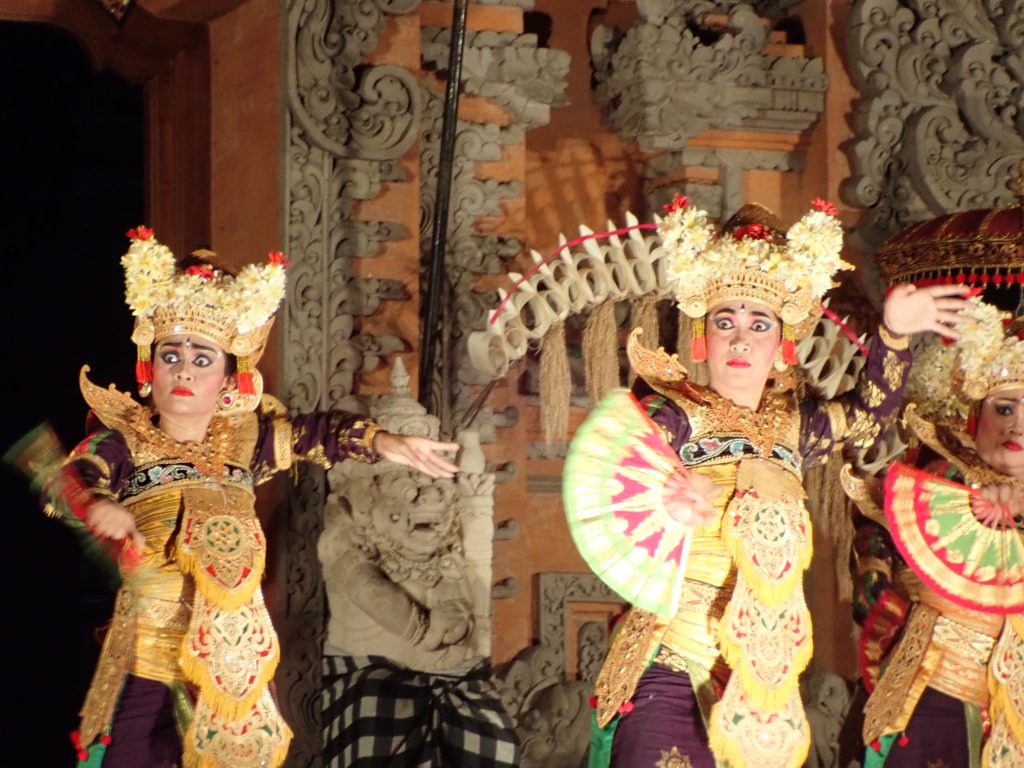
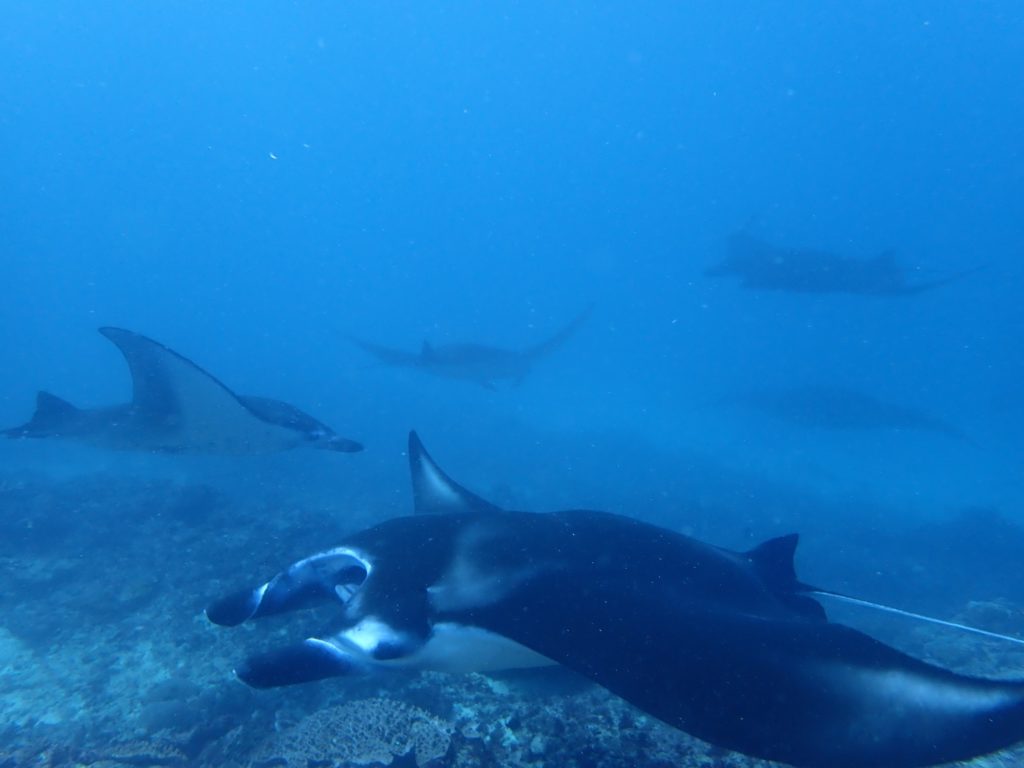
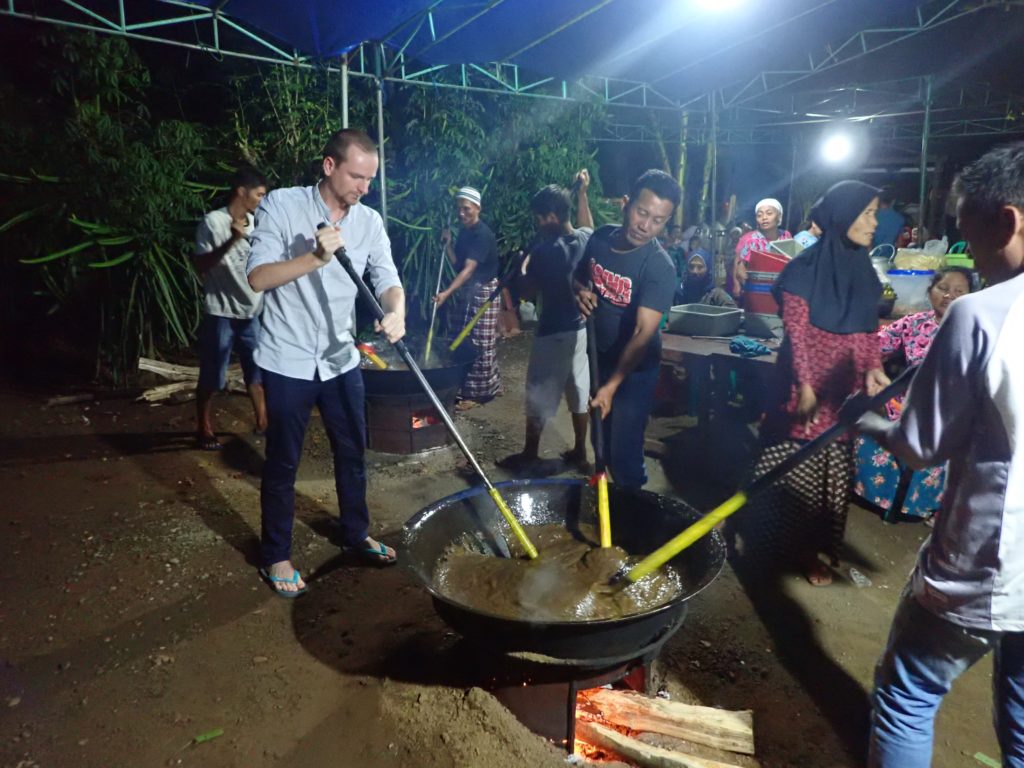
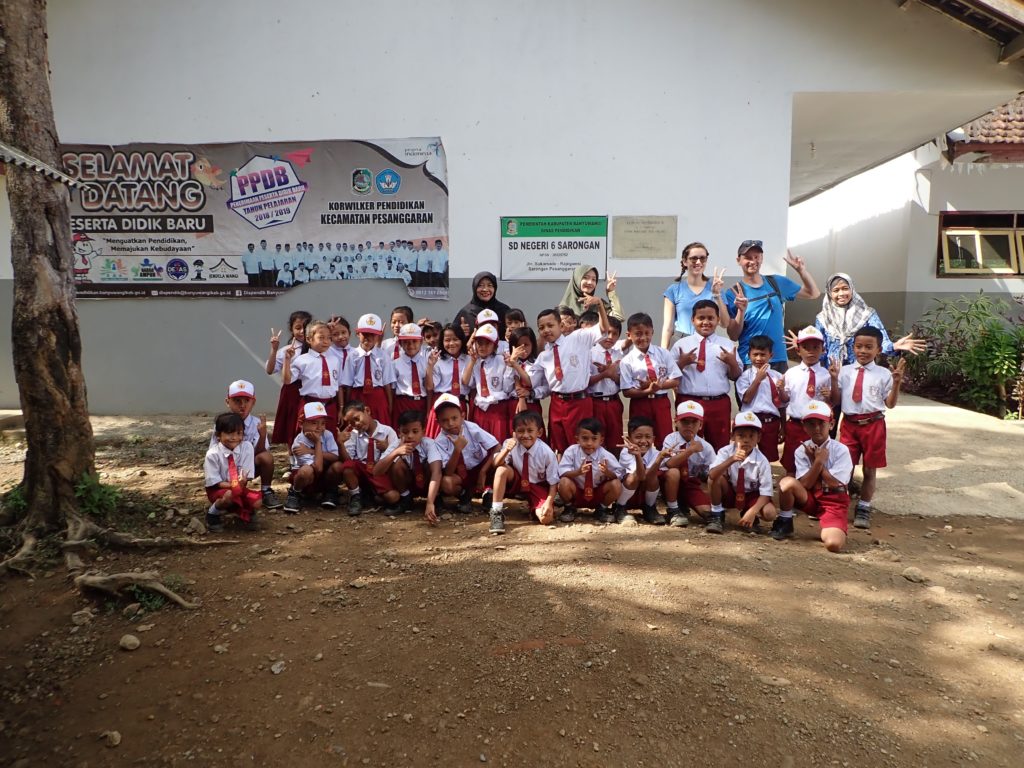
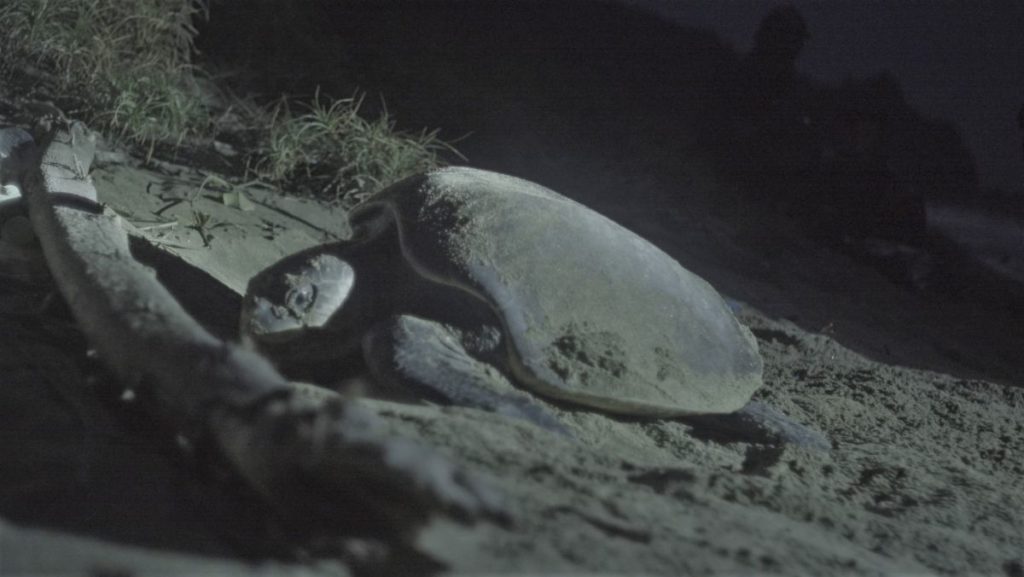
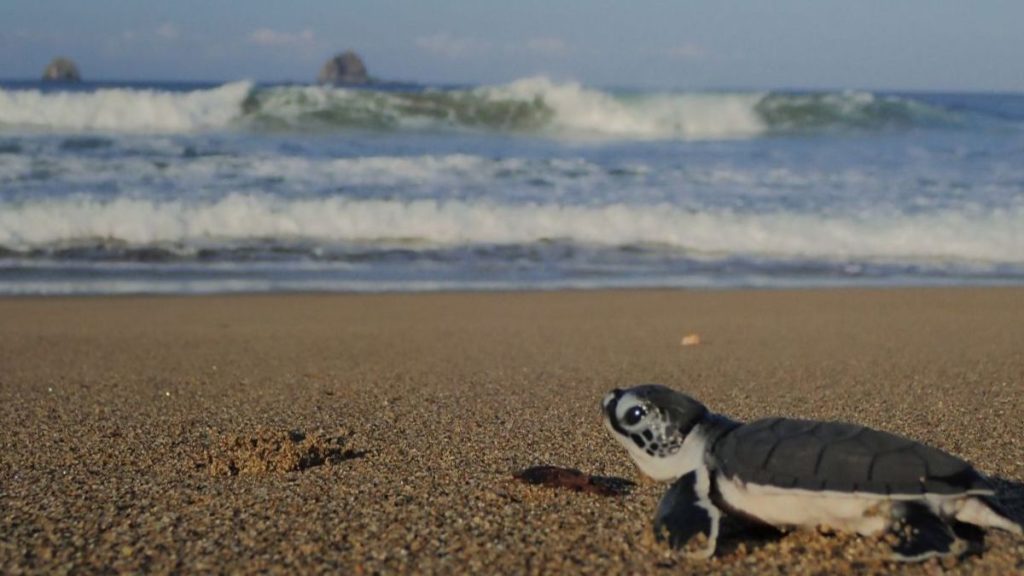
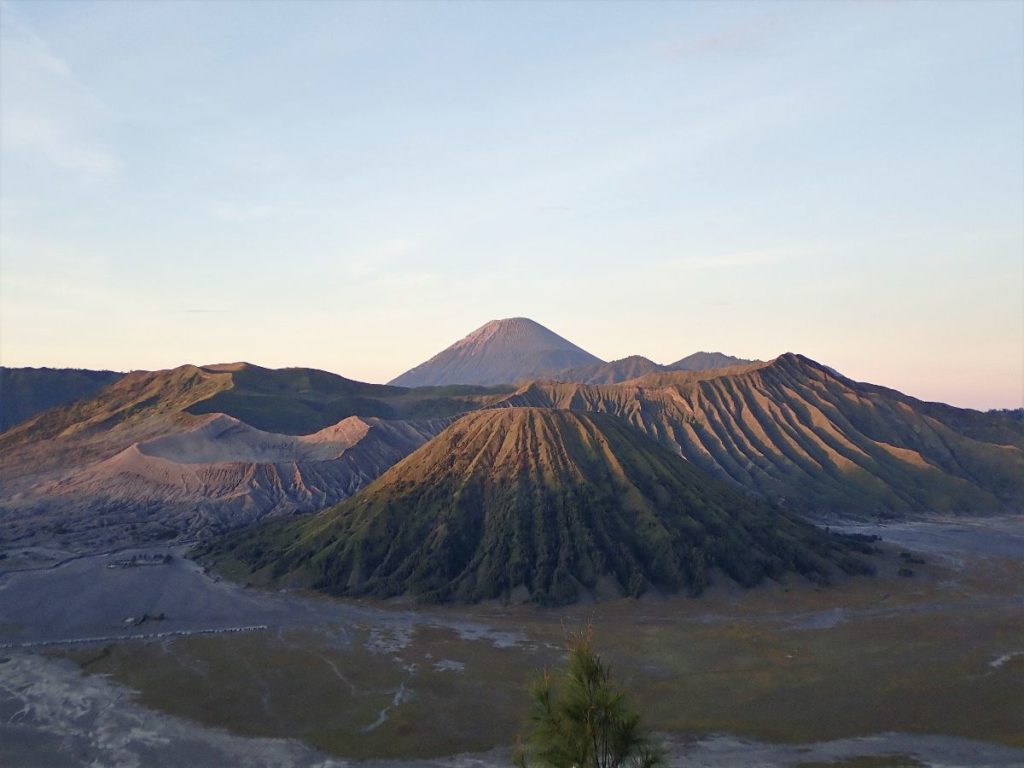
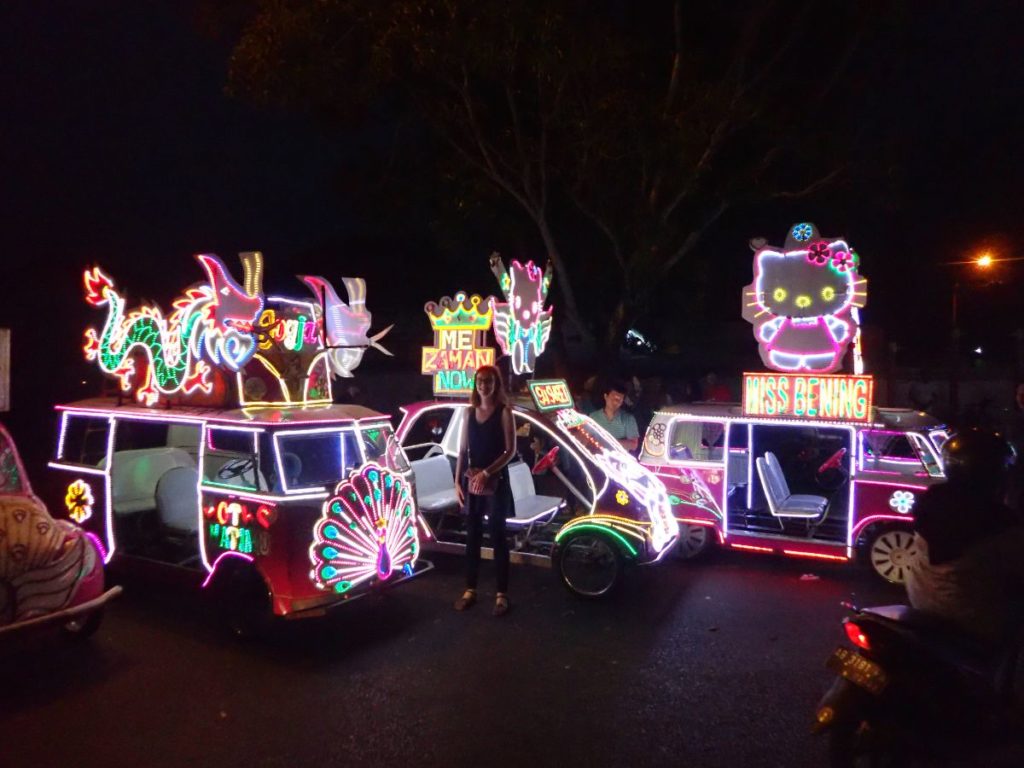
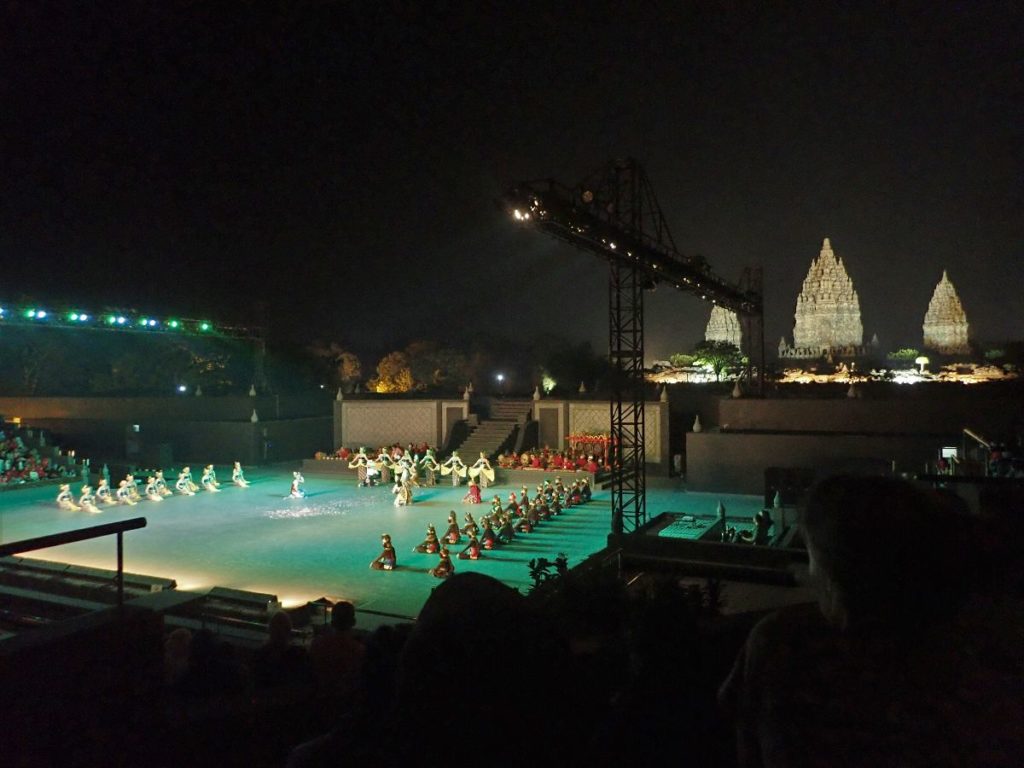
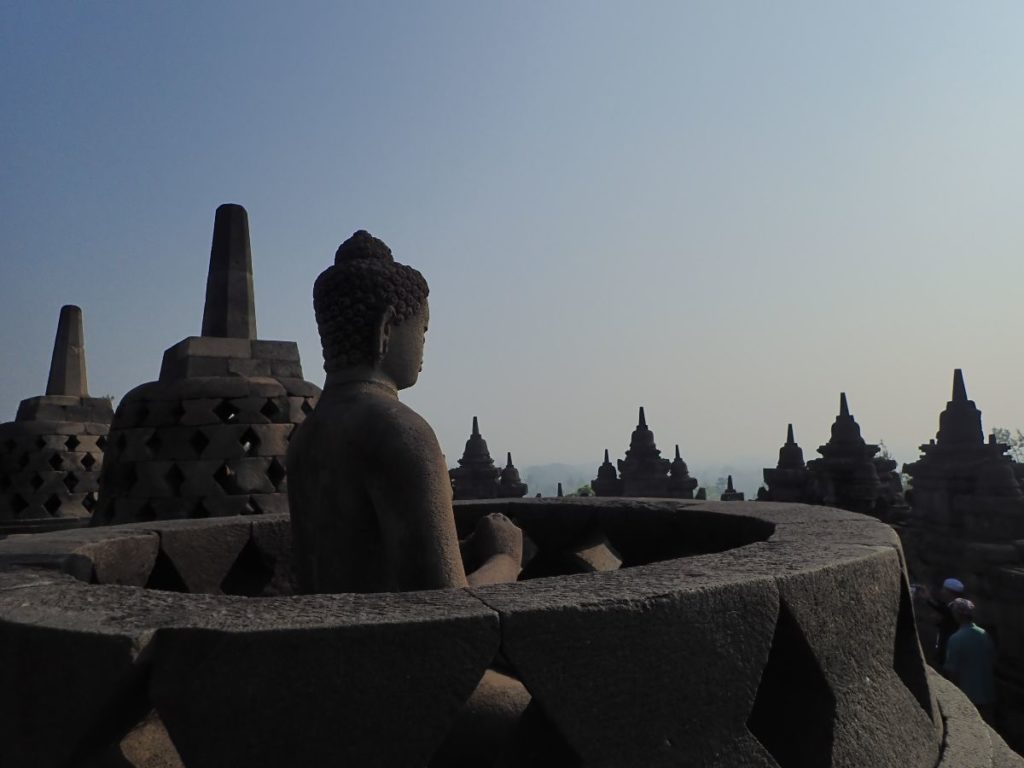
No Comments